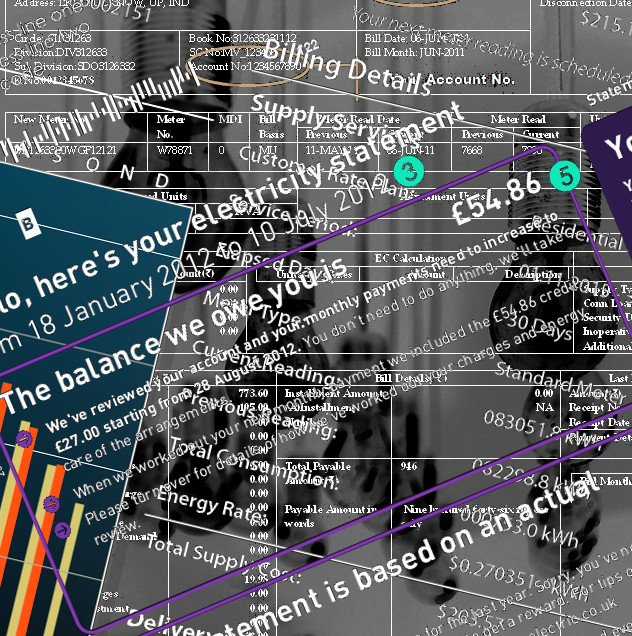Price peaks probed
 Smart meters and complicated new tariff systems could be allowing power companies to charge users more.
Smart meters and complicated new tariff systems could be allowing power companies to charge users more.
Australian households are being hit with steep electricity bills due to a controversial pricing tactic based on their highest single point of energy use each month.
Hundreds of thousands of Australian households are facing electricity prices based on their single highest point of usage in a month, raising concerns about energy firms' pricing tactics. An investigation by the ABC suggests that many residential electricity customers with smart meters are being switched to cost-reflective tariffs, including time-of-use and demand tariffs.
Demand tariffs calculate a customer's monthly charge based on their highest 30-minute usage block, potentially leading to high costs even if high usage occurs on just one day. Observers highlight that a brief period of high usage could significantly impact the bill for the entire month.
Electricity pricing has become increasingly complex, shifting from a flat rate to intricate cost-reflective tariffs.
Time-of-use rates, charging more for power used at peak times, are well-known, but demand tariffs are now affecting many households across Australia.
Complaints about high charges during peak times, typically between 4pm and 8pm, are common, with these tariffs added on top of regular consumption and daily service charges.
The widespread rollout of smart electricity meters, which regulators aim to have in every Australian home by the end of the decade, is enabling this shift.
These meters provide real-time power usage data and allow better oversight of customers' consumption patterns.
Data from the Australian Energy Regulator reportedly shows a significant increase in households with smart meters and those on complex tariffs.
Power companies can implement tariff changes without warning due to a regulatory loophole, leaving many customers unaware of the shift to complex pricing structures.
While smart meters can help in managing peak demand and reducing the need for infrastructure investments, a lack of consumer preparation and education means many are paying more.
The Australian Energy Council (AEC) says there is a need for consumer choice in adopting cost-reflective tariffs.
As the grid transitions from fossil fuels to renewable energy, the authority says it is crucial for consumers to use energy efficiently to avoid higher grid costs.








 Print
Print